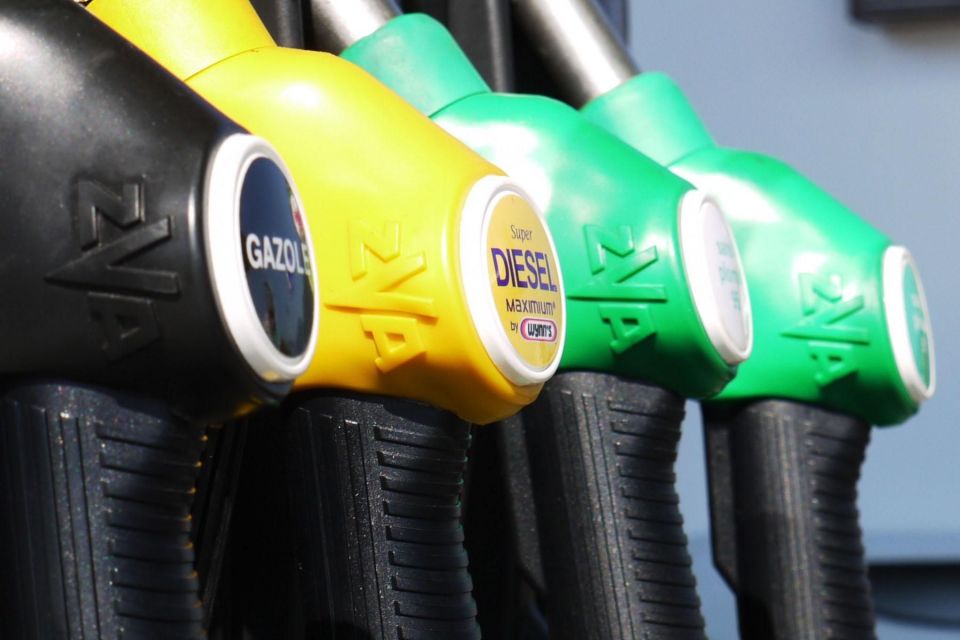

Matt Campbell
2026 Hyundai Tucson Hybrid review
3 Hours Ago
If you’ve ever stood at a fuel pump and wondered how it all functions, here’s a rundown on what occurs to get petrol or diesel in your tank.

Contributor


Contributor
It’s something almost everyone with a driver’s licence does multiple times every year, but have you ever thought about how fuel pumps actually work?
Well, now you can wonder no more, as we give you the simple guide on how your petrol and diesel goes from an underground tank into your car.
Underneath the concrete forecourt of almost every fuel station in Australia are a number of large tanks, each storing various fuels – from unleaded petrol in its various forms (E10, 91 octane, 98 octane and E85) plus diesel.
These tanks are filled by the large fuel tanker trucks you often see on the road, which transport the fuel from one of the dozens of terminals around the country, or one of the few remaining refineries.
The tanks are equipped with a pump which sends fuel to the bowser (or dispenser) when motorists lift the nozzle away from the unit.

When you pull up at a fuel bowser, it will normally be pre-activated by the fuel station’s attendant, meaning that whatever petrol or diesel you choose will be ready to come out of the nozzle shortly after picking it up.
Unlike the US where there is often just one nozzle with selectable fuel types – similar to how bars and pubs have one dispenser which can supply different types of soft drink at the push of a button – Australian fuel pumps have separate fuel pipes and nozzles for each offering.
Diesel nozzles are typically larger than those for petrol pumps, making it harder to put the wrong fuel in your vehicle. Unleaded petrol nozzles are also smaller than those used for leaded petrol, though this fuel type was phased out at the beginning of 2002.
In most cars, the fuel will stop flowing when the tip of the nozzle is submerged in the fuel coming back up the filler pipe, though some vehicles – typically older ones which were designed to accommodate wider leaded fuel nozzles – may not allow the unleaded outlet to become fully submerged, so keep an ear out to hear the fluid level rising.

You might still be able to squeeze a few extra clicks of the trigger’s worth of fuel into your tank, due to the fuel going into the tank causing splashing which may prematurely trigger it to stop.
Once your vehicle has the desired amount of fuel on board, walk in to pay, grab a bag of chips and head off to your next destination.
There are also pre-paid fuel stations in Australia, such as those operated by US giant Costco which require motorists to select a predetermined amount of money to be drawn from their account and to select their fuel before activating the pump.
In these cases, if the amount of fuel put into the vehicle is worth less than what was drawn from the account, the difference is refunded.
See below for a detailed explainer on how fuel pumps shut off, thanks to air pressure.
Born and raised in Canberra, Jordan has worked as a full-time automotive journalist since 2021, being one of the most-published automotive news writers in Australia before joining CarExpert in 2024.


Matt Campbell
3 Hours Ago


Max Davies
19 Hours Ago


William Stopford
19 Hours Ago


Derek Fung
20 Hours Ago


Max Davies
1 Day Ago


William Stopford
2 Days Ago